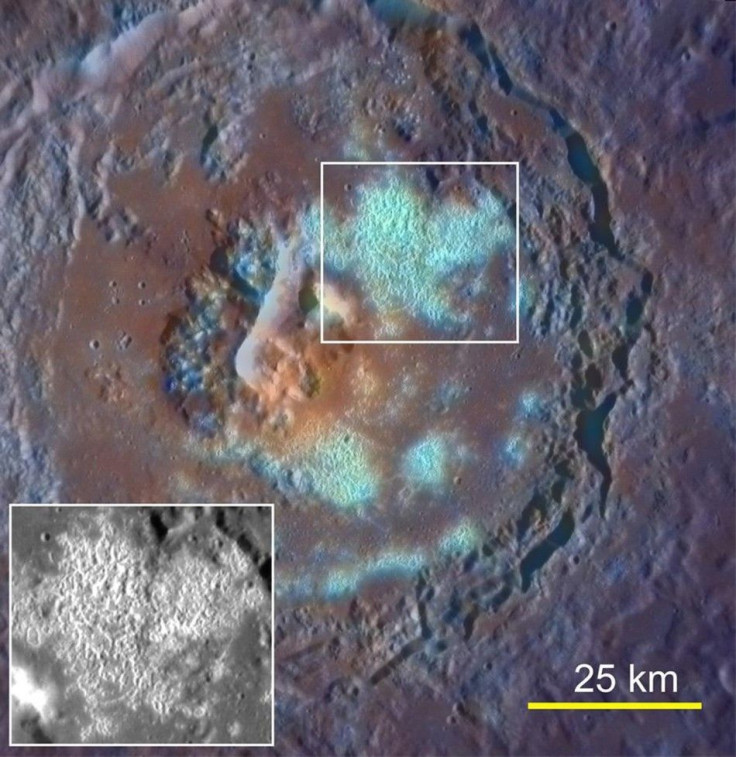Mysterious Mercury 'Hollows' May Indicate Widespread Flood Volcanism

NASA's Mercury probe has found hollows indicating a probable widespread flood volcanism on its surface, the U.S. space agency says.
Messenger's instruments are capturing data that can be obtained only from orbit, said Messenger's principal investigator, Sean Solomon, of the Carnegie Institution of Washington.
We have imaged many areas of the surface at unprecedented resolution, we have viewed the polar regions clearly for the first time, we have built up global coverage with our images and other data sets, we are mapping the elemental composition of Mercury's surface, we are conducting a continuous inventory of the planet's neutral and ionized exosphere, and we are sorting out the geometry of Mercury's magnetic field and magnetosphere, he stated.
The findings were published Friday in the journal Science.
For decades scientists had puzzled over whether Mercury had volcanic deposits on its surface. Messenger's three flybys answered that question in the affirmative, but the global distribution of volcanic materials was not well understood.
New data from orbit show a huge expanse of volcanic plains surrounding the north polar region. These continuous smooth plains cover more than 6 percent of the total surface of Mercury.
The volcanic deposits are thick. Analysis of the size of buried 'ghost' craters in these deposits shows that the lavas are locally as thick as two kilometers (or 1.2 miles), said James Head of Brown University, the lead author of one of the Science reports. If you imagine standing at the base of the Washington Monument, the top of the lavas would be something like 12 Washington Monuments above you.
According to Head, the deposits appear typical of flood lavas, huge volumes of solidified molten rock similar to those found in the Columbia River Basalt Group, which at one point covered 150,000 square kilometers (58,000 square miles) in the northwest United States.
Those on Mercury appear to have poured out from long, linear vents and covered the surrounding areas, flooding them to great depths and burying their source vents, says Head.
Scientists have also discovered vents, measuring up to 25 kilometers (16 miles) in length, that appear to be the source of some of the tremendous volumes of very hot lava that have rushed out over the surface of Mercury and eroded the substrate, carving valleys and creating teardrop-shaped ridges in the underlying terrain.
These amazing landforms and deposits may be related to the types of unusual compositions, similar to terrestrial rocks called komatiites, being seen by other instruments and reported in this same issue of Science, Head stated. What's more, such lavas may have been typical of an early period in Earth's history, one for which only spotty evidence remains today.
As Messenger continues to orbit Mercury, the imaging team is building up a global catalog of these volcanic deposits and is working with other instrument teams to construct a history of the planet's volcanism.
© Copyright IBTimes 2024. All rights reserved.





















